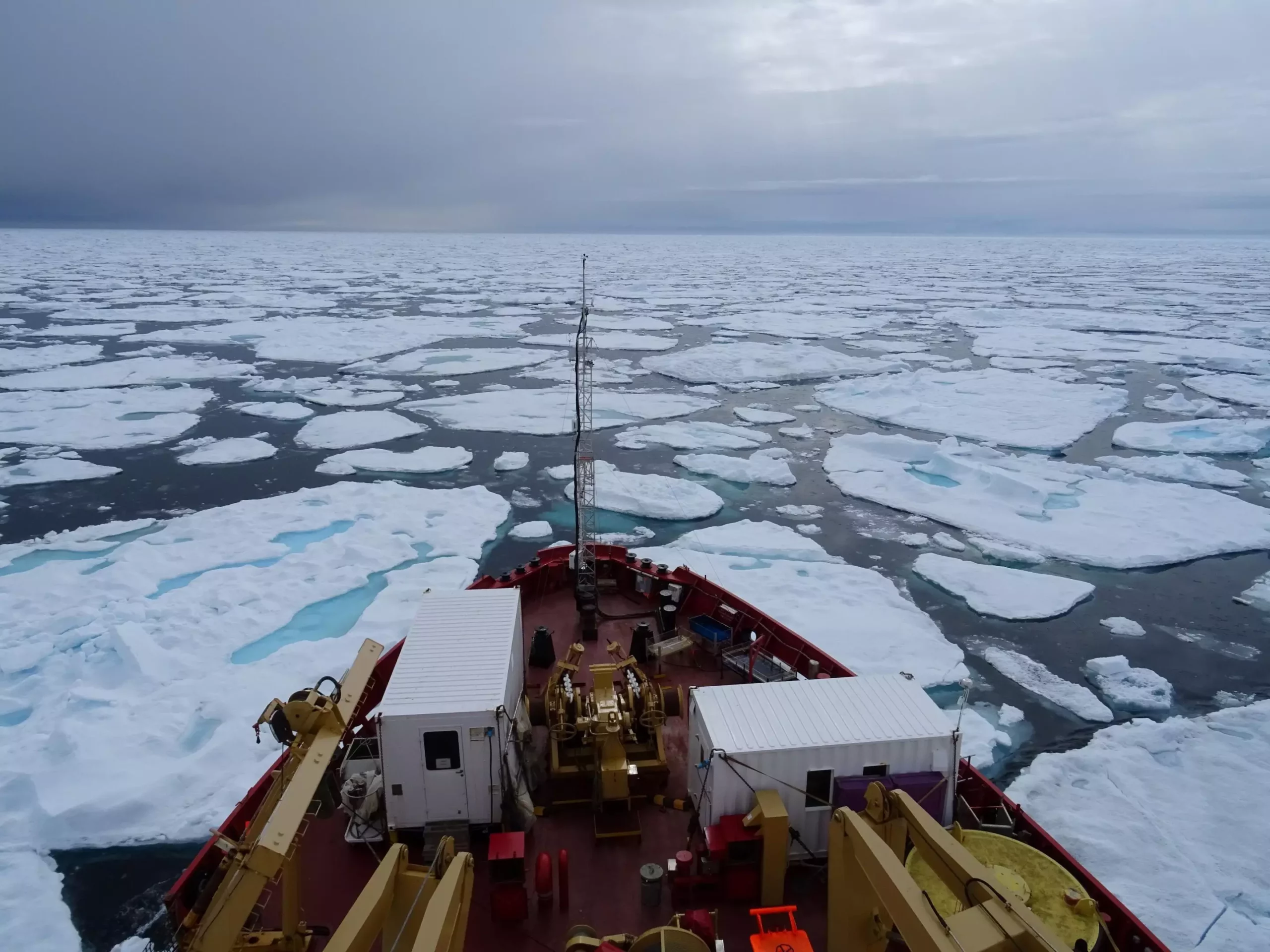The Northwest Passage (NWP), long envisioned as a groundbreaking shortcut for global trade, is falling short of expectations. Recent research published in Communications Earth & Environment unveils the distressing truth: rather than becoming a lucrative maritime corridor due to climate change, the NWP is experiencing shorter ice-free shipping seasons. Between 2007 and 2021, data indicates that thicker sea ice descending from the Arctic Ocean is increasingly impacting navigability, resulting in fewer weeks each year when ships can safely traverse this northern route. The grim irony lies in the hope that global warming would facilitate easier access through melting ice; however, this study reveals a stark contradiction—it’s actually the older, thicker ice that has transformed the conditions into a more treacherous environment for shipping.
Understanding the Changing Ice Dynamics
A major revelation from this research highlights the shift in the characteristics of sea ice around the NWP. Alison Cook and her team analyzed sea ice charts and discovered that between 2007 and 2021, certain areas of the NWP, specifically the northern route, have faced drastic reductions in navigable weeks. For instance, the eastern Beaufort Sea has seen a shocking decrease of 14 weeks, while the M’Clure Strait and Viscount Melville Sound each shrank by five weeks. As this thick sea ice proliferates, choke points are emerging, severely hindering maritime logistics. The implications of these findings extend beyond mere inconvenience; they signal an emerging crisis for communities that depend on maritime supply lines for sustenance and essential goods.
Impacts on Local Communities and Global Commerce
The ramifications of a constricted shipping season on local communities residing within the Canadian Arctic Archipelago (CAA) are profound. Many Inuit and Indigenous populations rely on maritime transport to receive crucial supplies. As shipping windows shrink, these communities may face food shortages and inflated prices on goods, exacerbating existing inequalities related to access and affordability. At the same time, commercial shipping companies eyeing the NWP as a viable option may encounter increased risks and potential delays due to these same climatic challenges. Thus, while global commerce may have once considered the NWP as a hub for efficiency, the new realities suggest a regression into cautious navigation through increasingly treacherous waters.
Reflections on Environmental and Economic Viability
It’s essential to question the optimism surrounding climate change as a catalyst for new economic opportunities. The diminished navigability of the NWP not only highlights the complexities of environmental adaptation but also necessitates a deep reflection on how we interact with our planet. The hope that melting ice would open new avenues for trade has dimmed, revealing instead a sobering lesson in ecological fragility. As the older ice becomes increasingly prevalent, the presumed benefits of climate change reveal their dark underbelly. Navigating the consequences of environmental shifts calls for nuanced understanding and strategies that embrace sustainable practices rather than exploitative ambitions.
Ultimately, the research invites us to rethink our approaches, recognizing that climate change poses challenges that can extend far beyond immediate weather conditions—altering the very fabric of traditional shipping routes, local economies, and Arctic communities. In light of these developments, the vision of the Northwest Passage as a commercial artery appears less like an opportunity and more like a cautionary tale.

